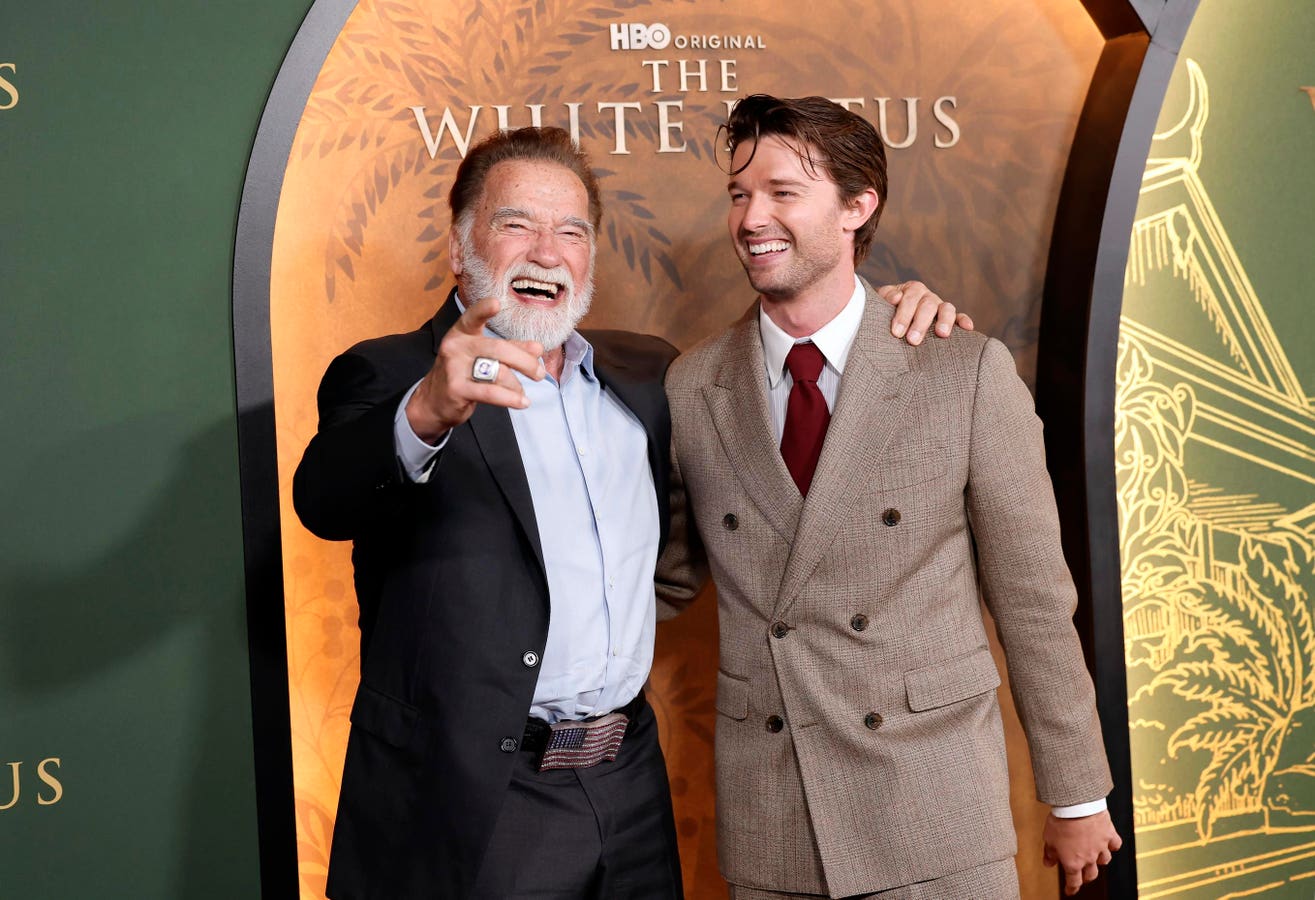The small screen has evolved into more than just a storytelling platform, it’s now a curated stage for luxury brand alliances. Case in point: the highly anticipated third season of HBO’s The White Lotus, which has secured major brand deals before its premiere this weekend. This marks a shift from reactive sponsorships to meticulously orchestrated, immersive partnerships. Fashion collections, exclusive travel experiences, and high-end collaborations are no longer an afterthought, they are embedded into the DNA of prestige television.
For years, blockbuster films dominated luxury brand collaborations. A James Bond release could send Omega watch sales soaring, and The Devil Wears Prada cemented Chanel’s place in pop culture. But today, television is shaping equally powerful partnerships, not as an after-the-fact marketing opportunity, but as a strategic, pre-planned extension of the show’s universe.
The White Lotus is the latest and a striking example of this shift. Ahead of its third season, an impressive lineup of brands including American Express, Diageo, Google Pixel, Abercrombie & Fitch, Away, Banana Republic, Bloomingdale’s, BMW, and Supergoop! – all positioned alongside the world of The White Lotus Season 3 before audiences have even seen a frame. The shift is clear: instead of waiting to see which shows become hits, brands are betting early on culturally rich, aesthetically seductive, and prestige-driven television as a new cornerstone of marketing.
The Rise of a ‘Prestige Product Placement’
This shift isn’t happening in a vacuum. The White Lotus follows a trajectory set by Emily in Paris, Succession, and even Sex and the City before them – shows that blurred the line between entertainment and aspiration. But where earlier partnerships were largely surface-level, think Carrie Bradshaw’s Manolo Blahniks or Emily Cooper’s instantly sold-out bucket hats – the new era of brand integration is about full immersion.
Small screen shows today offer more than just fleeting product placements. They build worlds that audiences want to step inside, and brands are ensuring that those worlds extend beyond the screen. The strategy is clear: luxury television marketing is no longer about reactive collaborations but about embedding products, experiences, and even entire collections before the story unfolds.
No Expense Spared for Your Stay at The White Lotus
With its sun-drenched, opulent settings and razor-sharp social satire, The White Lotus was always going to be a marketer’s dream. But season three has taken this a step further – brands aren’t just appearing in the show, they’re shaping the world around it.
H&M is releasing a White Lotus-inspired capsule collection, designed in collaboration with costume designer Alex Bovaird. “We always have this little catchphrase on the show: Nothing’s too much for The White Lotus!” Bovaird explained in a release. “So, I’m drawn to the bold patterns and the more sumptuous, billowing pieces.” The result? A 25-piece collection that allows audiences to dress like they’ve just checked in to a luxury resort in Thailand, even if their next trip is just might be to their nearest H&M store.
Supergoop! is tapping into the show’s beachside aesthetic, launching a White Lotus-themed skincare kit, while American Express is taking it one step further with exclusive White Lotus wellness retreats at Four Seasons hotels – the location partner for the setting of every season to date.
Season one unfolded at the Maui at Wailea in Hawaii, season two at the San Domenico Palace in Sicily’s Taormina, and the upcoming third season—set to premiere this weekend —was recently filmed at the stunning Four Seasons on Koh Samui, Thailand.
For those who want a taste of The White Lotus lifestyle, BMW, Diageo, and Google Pixel are integrating their products into the show itself, ensuring their presence in one of the prestige TV event’s of the year.
From Passive Product Placement to Active Influence
The brilliance of this strategy is that it works both ways. For brands, it ensures they are part of a cultural conversation before it even begins. Traditional advertising struggles to cut through in an era of ad-blockers and subscription-based streaming. But a well-placed product in The White Lotus doesn’t just exist in the background, it becomes part of the fantasy.
For television networks, these deals are transformative. Gone are the days when viewership alone dictated a show’s commercial success. Now, premium television is a lucrative branding opportunity from the outset. By curating partnerships before a show airs, productions can fund ambitious storytelling while offering brands a built-in audience hungry for cultural cachet.
What’s Next? TV & Streaming Create the Ultimate Luxury Brand Destination
With The White Lotus season three extending its run to eight episodes, the opportunities for brand exposure and consumer engagement are bigger than ever. But the real story is what this means for the future of television.
The model is shifting. The small screen is no longer playing second fiddle to film when it comes to aspirational branding. In fact, it could become more a power player. Luxury brands are no longer waiting to see what will be a hit, they’re making sure they are part of one before it even begins.
This is the new playbook. If the last decade was about big-screen, blockbuster brand tie-ins, the next will also belong to television as a sophisticated, culturally resonant marketing platform in entertainment. And the smartest brands are checking in early.
Read the full article here





